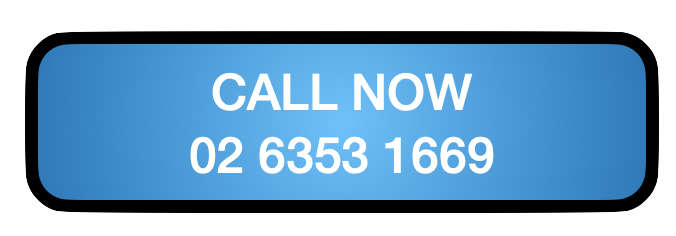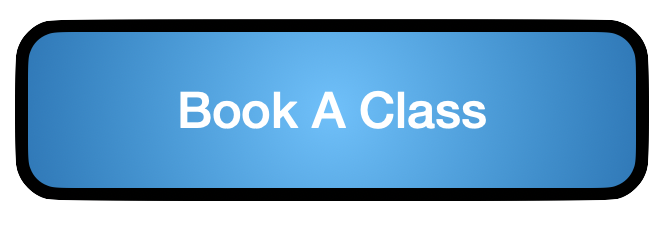Trackpads. Those smooth, glassy rectangles that sit below the keyboard on laptops have become a standard feature in modern computing. Apple’s trackpads, in particular, are known for being precise and feature-rich—but despite this, many people still don’t like using them. And guess what? That’s completely okay.
Over the years of teaching technology—especially to seniors—I’ve heard the same comments over and over again:
- “I can’t control it properly.”
- “It jumps all over the place.”
- “I miss my old mouse.”
If that sounds familiar, you’re not alone. Let’s explore why trackpads can be frustrating and how you can find a solution that works for you.
Why Are Trackpads So Annoying?
1. Lack of Tactile Feedback
A traditional mouse fits in your hand. You move it across the desk and see your pointer follow along. It’s a physical connection. A trackpad, on the other hand, is flat. There’s no movement to guide you—just finger gestures on a smooth surface. For many people, especially those who didn’t grow up with touchscreens, it feels awkward.
2. Accidental Touches
One of the most common issues I see with my students is the accidental brush of the palm or finger that causes the cursor to fly across the screen or click on something unexpected. This can be especially frustrating during tasks like typing emails or editing documents.
3. Multitouch Gestures Can Be Confusing
Apple’s trackpads are very advanced. You can swipe with two fingers, pinch to zoom, or use three fingers to switch between desktops. But for someone who just wants to move the mouse and click on something, these gestures can feel more like magic tricks than useful tools.
4. It’s Easy to Get Lost
With a mouse, your hand movement directly corresponds to what happens on screen. But with a trackpad, the movement depends on how fast you swipe and how sensitive the settings are. It can be easy to overshoot your target, especially if your hand isn’t as steady as it used to be.
You’re Not Doing Anything Wrong
I want to make one thing very clear: if you don’t like the trackpad, it doesn’t mean you’re “bad at computers.” It just means that this input method doesn’t work for you. Everyone has different learning styles and physical preferences. One of the biggest myths in tech is that there’s only one right way to use a device. That’s simply not true.
What Can You Do Instead?
1. Use a USB or Bluetooth Mouse
This is the easiest fix. Simply plug in a mouse (or pair a wireless one), and your laptop becomes just as easy to use as a desktop. If you’re more comfortable with the click-and-drag of a physical mouse, go for it! I often recommend a basic wired mouse to my students—it’s reliable, affordable, and familiar.
2. Adjust Trackpad Settings
Sometimes, the trackpad is too sensitive. In System Settings > Trackpad, you can adjust how fast the pointer moves, turn off certain gestures, or even disable the trackpad when a mouse is connected. If you’re determined to give the trackpad another shot, fine-tuning these settings can make a big difference.
3. Try a Trackball Mouse
A trackball stays in one place, and you move the pointer by rolling a ball with your thumb or fingers. These are a great option for people with limited wrist movement or small desk space. They also eliminate accidental movement.
A Better Learning Experience
At MacMason Training and Repairs, I always remind my clients: technology should work for you—not the other way around. Whether it’s using a mouse instead of a trackpad or finding shortcuts that make life easier, I tailor each lesson to match how you learn best.
There’s no test. No memorization. Just friendly, hands-on help to make you more confident on your Mac.
Final Thoughts
Trackpads are not for everyone, and that’s perfectly fine. Whether you’re a senior new to computers or someone who simply prefers the feel of a mouse, you deserve a setup that makes you feel comfortable and in control. If you’re in the Lithgow area and want to explore your options or get one-on-one help, book a session with me today. I’d be happy to help you find what works best for you.



